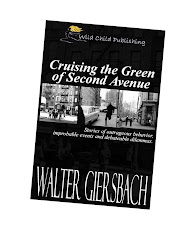 |
| Forest Grove in the 1940s |
His descriptions challenged my memories because I was a
product of Forest Grove’s Central elementary school and Harvey Clark middle
school. (Clark was founder of the town’s
Pacific University who, ironically, created the first school to educate Indians,
mixed-breed children and orphans in the 1840s.)
In the 1940s and ‘50s we saw no prejudice. But then, Forest Grove had no blacks, no
Latinos, no more Indians and — possibly — only a handful of Jews. It was accepted knowledge that these people
were not allowed to spend the night in town.
Mexican migrants could work the fields, but no one knew where they
stayed. I saw the first and only blacks when
we drove into Portland 20 miles away. Pacific
had a number of Hawaiian students, but they weren’t “townies” so they didn’t
count.
 |
| Forest Grove's Pacific Avenue today. |
While Mom was descended from over 200 years of New Englanders,
Dad was German-American, which raised a tiny
bit of skepticism during World War II.
This white utopia ended when my family moved in 1954 to the Los Angeles
area, followed by another move to New Jersey “back East.” As we all do, I grew up and married a
Taiwanese woman. My younger brother
married a non-observant Jewish girl. A
cousin married a black, but she was a folk singer who ran away to Greenwich
Village. We had left the provincialism
of that farm and logging town. We had
begun to see the world in all its beauty and diversity.
Will Forest Grove ever be exposed to people who are “different”? Oregon has its legacy of the black exclusion
law enacted in 1844 that ordered whipping of blacks — 39 lashes once every six
months — until they left the territory. Today,
African-Americans still make up only 2 percent of Oregon’s population, Latinos 12
percent and Asians 4 percent.


